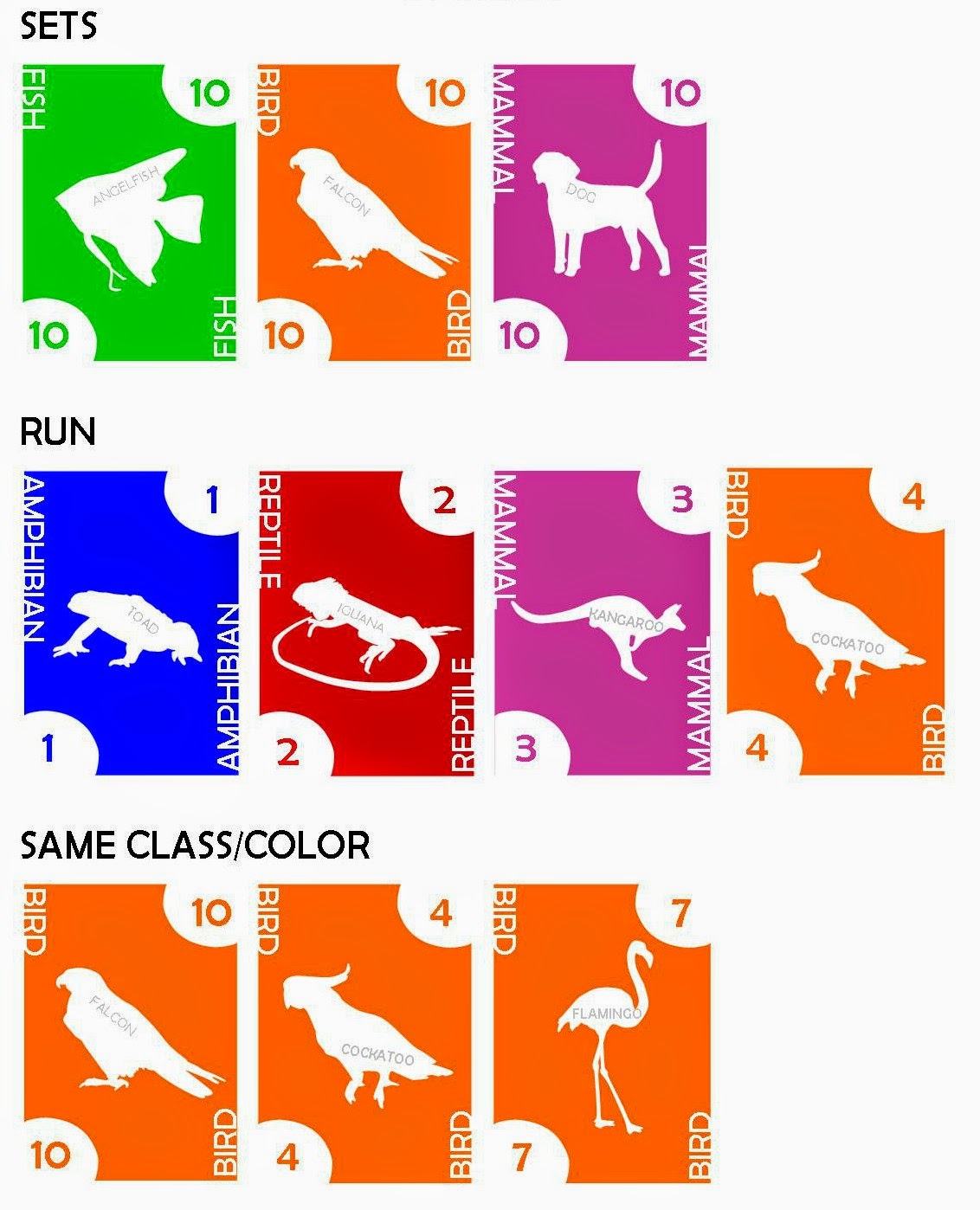What can you make with some long lengths of string/ribbon and an empty cardboard toilet paper tube? A rocket, that's what!
There are a few other necessities: two people and
teamwork.
Decorating your rocket is optional. We added some craft
foam fins with hot glue, but the boys were too eager to see the rocket in
action to really give it an authentic look.
To prepare, cut two long lengths of string. Mine were
each five to six feet long. Make a loop at each end so the string has a "handle."
Note: If you tie
this with a slip knot (I think that's what it's called), the loop you've
created might shrink as the string slides, so don't put these around a child's wrists. Just have
them hold onto them with several of their fingers threaded through the loop. To
avoid any possibility of this, grab four bangle bracelets or cut the center out of round plastic
lids and tie the string to them to use them as handles.
Now put the lengths through the toilet paper tube's hole
and have each child stand opposite each other with the string loops in each
hand.
They'll need to stand so the string is fairly taut. Have
both children start with their hands together. Move the rocket tube along the
string close to one child's hands. Then instruct that child to widen his/her hands/arms
and watch the rocket shuttle to the other child. Can he/she send it back?
This took some real teamwork for my boys. They had to work together to figure out whose hands should be together and whose should be opening in order to send the rocket back and forth between them.
They had a blast (pun intended)!
Check out the short video we made to show you how it
works. (There is some serious concentration going on here.)
Want to pair this with a great book? Our nearly five year
old and I read Roaring Rockets from
Tony Mitton's Amazing Machines series
(we LOVE these picture books).
This idea came from FamilyFun magazine.





.jpg)

































.jpg)






